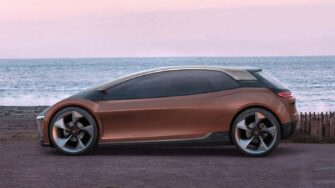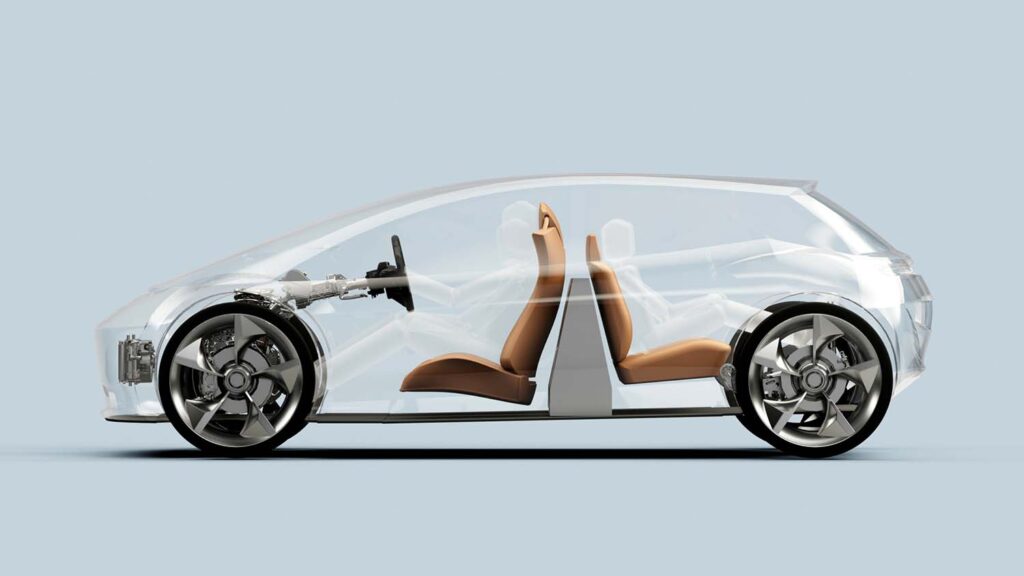Page-Roberts, a UK engineering start-up focussed on scaling-up electric vehicles, has revealed its design to release a potential 30 per cent greater range for an equivalent battery size.
The Page-Roberts innovation positions the battery between the front row seats and a second row of rear-facing seats, making a much more compact layout, with a lower, more aerodynamic vehicle and the benefits of a more standard length wheelbase.
The resulting vehicle is planned to be lighter, more streamlined and up to 30 per cent more efficient – offering the potential for either an extended range or to use a smaller battery to achieve a similar range.
The reduced scale could also see manufacturing costs lower by as much as 36 per cent.
Until now, EV manufacturers have been drawn towards plac

ing the batteries under the floor as a convenient way to package sufficient battery energy for an acceptable range. The drawbacks of this are the added height, added weight, body structural complexities, along with an often-extended wheelbase.
Page-Roberts CEO Freddy Page-Roberts, said: “The skateboard arrangement has become the mainstay of most EVs. But this results in taller vehicles with increased aerodynamic losses and energy consumption (especially at motorway speeds), extra structure required to protect against impact, and a longer wheelbase to account for the battery.
“The increased size and weight dramatically inhibit range. By simply moving the location of the battery pack, we have come up with a much more efficient solution.”
Company CTO Mark Simon, a former project director at Ricardo, said: “Challenges around battery cost and energy density along with range and charging infrastructure continue to stall progress with EVs, despite both car brands and tech leaders racing to put their stamp on the market.
“Our design concept reduces costs, increases efficiency, enhances agility, and offers design freedom. The efficiency translates to less time charging from either longer range or smaller batteries, so pressure on charging points – another key pain point for the industry – will also be reduced.”






